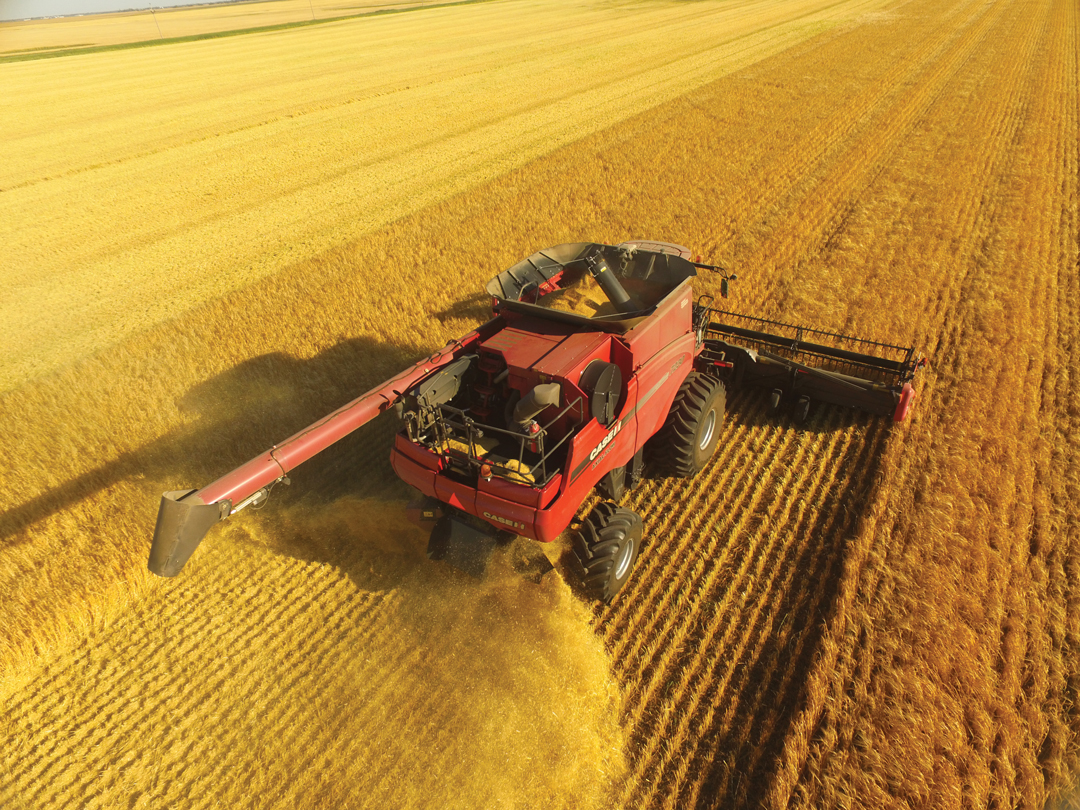VARIETAL PURITY MATTERS
BY PETER WATTS • PHOTO COURTESY OF CANTERRA
For the last five years, Canada has averaged third place among the world’s top malting barley and malt exporters. Across the globe, Canadian barley and malt are considered premium products. Naturally, the varietal purity of malting barley is a cornerstone of Canada’s value proposition for domestic and international maltsters and brewers.
Varietal purity lies outside the Canadian grading system but maintaining it is often a contractual obligation. Maltsters typically require a minimum 95 per cent varietal purity in malt barley to ensure a uniform and consistent malt product that will optimally perform for brewers. As a result, the ability of Canada’s malting barley supply chain to assure a high level of varietal purity to end-users is critical to our premium value proposition. Grain marketers and malting companies increasingly use genetic testing to confirm varietal purity in samples delivered by farmers.
Malting barley with less than 95 per cent varietal purity is likely to be discounted or rejected as malt. This can strain the relationship between farmer and purchaser. It also risks the erosion of malting premiums over feed and may even damage Canada’s high-quality malting barley brand, which risks the reduction of market value, sale price and demand.
Canada’s pedigreed seed system helps ensure varietal purity through a rigorous system of checks in relation to seeding, production, storage and transportation. Farmers also play a critical role throughout the process. With good on-farm practices, they can uphold varietal purity and avoid being discounted when delivering barley into the system.
The use of certified seed is one of the best ways to ensure varietal purity. When contracting with farmers, the maltsters and grain companies may require the use of certified seed or one generation beyond.
When purchasing seed, inquire about varietal purity and ask for the Canadian Food Inspection Agency Official Seed Tag known as the “blue tag.” Pedigreed seed growers can be found through provincial seed guides, on seed company websites and using online tools such as the Canadian Seed Growers’ Association Seed Locator at seedlocator.net. Alberta Barley and the Canadian Malting Barley Technical Centre can also provide information on varietal purity.
Farmers should avoid the use of common seed for malting barley production. If use of non-certified is unavoidable, or farmers opt for farm-saved seed, they may want to test to ensure varietal purity prior to seeding. Maltster and grain company contracts sometimes cover the cost of such testing. Samples can also be sent to commercial seed laboratories for genetic testing. To ensure no issues arise, varietal purity testing can be done ahead of seeding and delivery.
Additional on-farm steps can be taken to maintain varietal purity. Save a sample of seed from each field or seed lot for testing, should it be needed. In rotation, leave at least two years between barley crops to eliminate volunteers. Scout fields to catch and manage volunteer barley. Clean trucks, augers, seed tanks, grain bins and combines between fields, especially when handling different barley varieties. When transitioning to a new variety, or if multiple varieties are grown on a farm, implement good storage management systems to ensure varieties are clearly labelled and separated. These practices are particularly important where multiple staff members handle grain.
With these relatively easy steps, farmers can ensure the malting barley they grow meets varietal purity thresholds. This will greatly increase the likelihood their barley will be selected for malt and its associated premium.
Peter Watts is the CMBTC managing director.







Comments